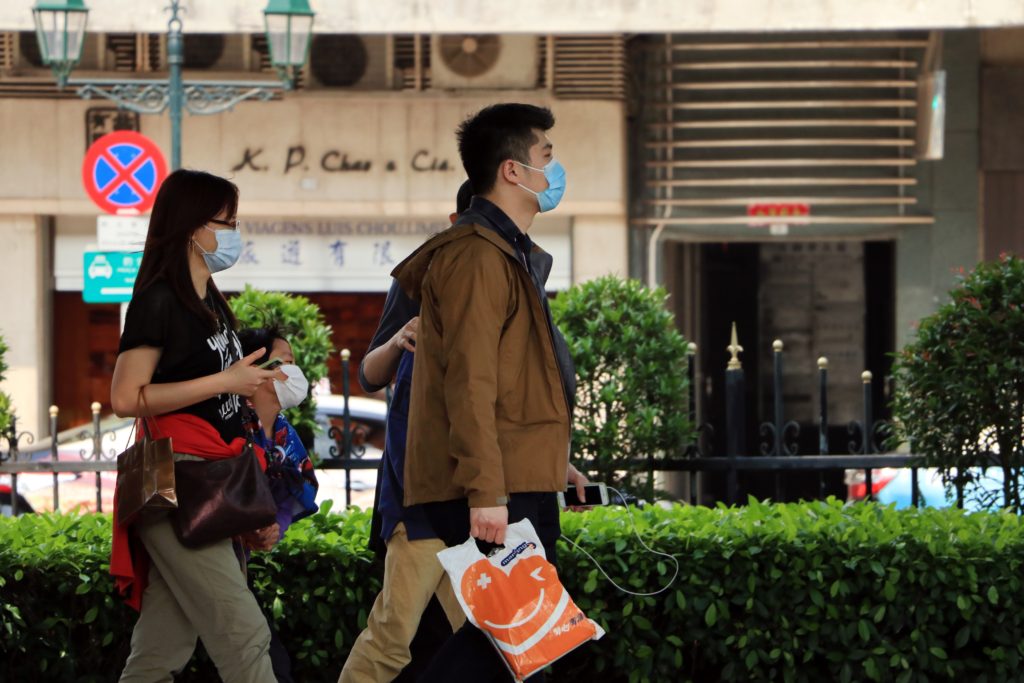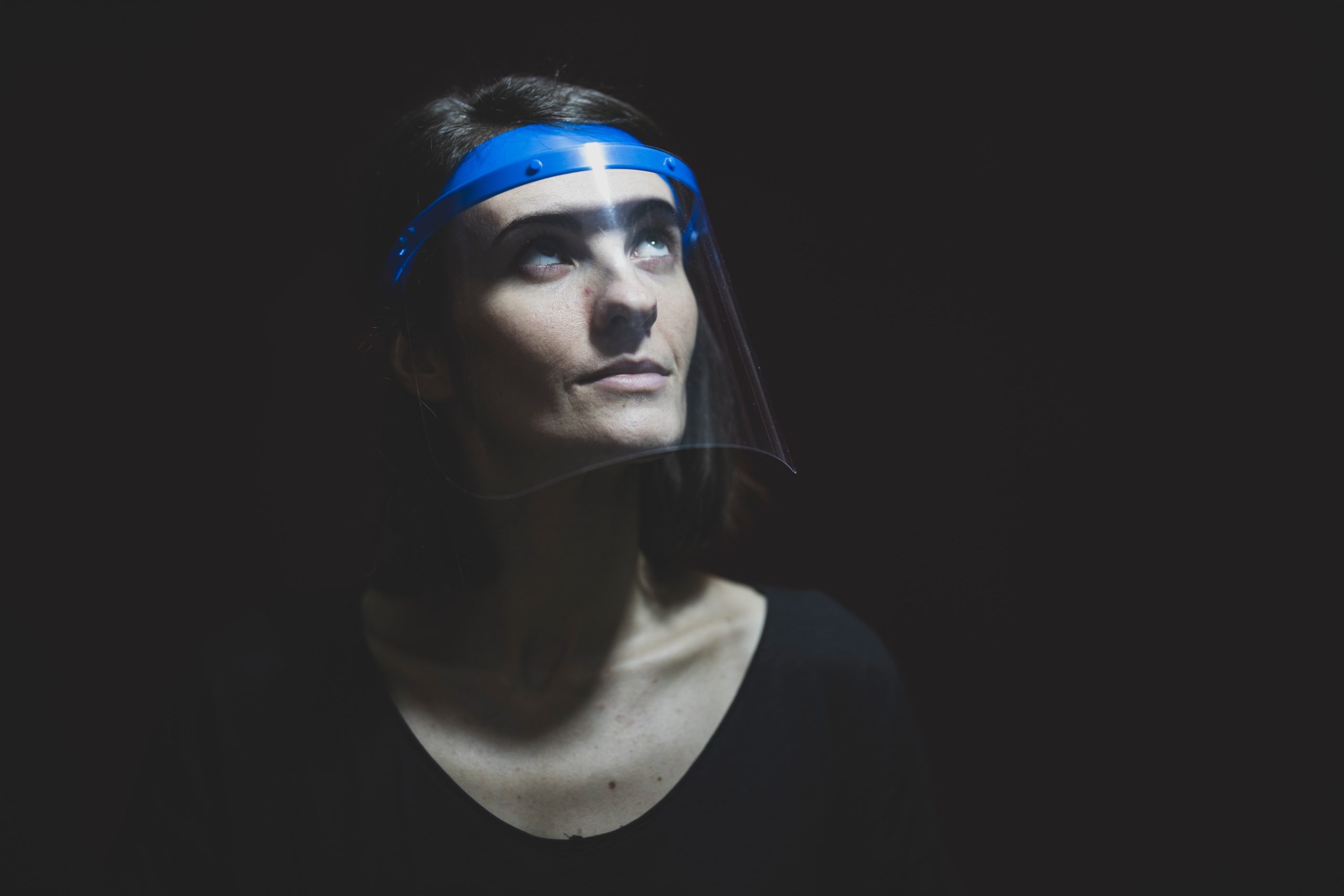In the new normal, people use face masks when they go around public places hoping they might prevent transmission of the new coronavirus.
In America, governments and businesses now require or at least recommend people to wear masks in many public settings.

But as parts of the country reopen, some doctors want you to consider another layer of personal protective equipment in your daily life: the clear plastic face shields.
A team of experts from the University of Iowa headed by Dr. Eli Perencevich, an infectious disease physician, argued in an opinion article published last month in Journal of the American Medical Association (JAMA) that clear plastic face shields could help reduce the transmission of infections.
They stressed that face shields should only be one part of any infection control effort, along with social distancing and hand-washing.
“Face shields, which can be quickly and affordably produced and distributed, should be included as part of strategies to safely and significantly reduce transmission in the community setting,” said Dr. Eli Perencevich.
To be most effective in stopping viral spread, a face shield should extend to below the chin. It should also cover the ears and “there should be no exposed gap between the forehead and the shield’s headpiece,” the Iowa team members said.
The nice thing about face shields is that they can be resterilized and cleaned by the user, so they’re reusable indefinitely until some component breaks or cracks.
A simple alcohol wipe or rinse with soap and hot water is all it takes for shields to be contaminant-free again.
Surgical masks and N95s, on the other hand, are meant to be disposed after each use, although some studies have shown masks can be reused two or three times after being sterilized before they lose integrity.
The experts believe that face shields should be the preferred personal protective equipment of everyone for the same reason that health care workers use them.
Doctors and nurses wear them when intubating COVID-19 patients and during surgeries that may cause blood and bone fragments to fly out.
They protect the entire face, including the eyes, and prevent people from touching their faces or inadvertently exposing themselves to the coronavirus.
Face shields may be easier to wear than masks.
Many people also wear masks incorrectly, readjust them frequently or remove them to communicate with others, which increases their risk of being exposed or infecting others.
And while cloth masks can prevent people from spreading germs to others, they don’t usually protect the wearer from infection.
Face shields can also aid people who depend on lip-reading, Perencevich said.
They may be slightly dorky-looking, but the shields allow facial expressions and lip movements to remain visible while serving as an obvious reminder to maintain social distancing.
Still, he and other experts acknowledge that face shields also have their limits.
Just like masks, they must be removed when eating in cafeterias or restaurants.
And studies on how effectively they can reduce a person’s viral exposure are scarce.
Even in close range, there can be scenarios where face shields are not as effective as masks like N95s that create a seal around one’s face.
According to the Iowa team, large-scale studies haven’t yet been conducted.
But “in a simulation study, face shields were shown to reduce immediate viral exposure by 96% when worn by a simulated health care worker within 18 inches of a cough.”
“When the study was repeated at the currently recommended physical distancing distance of 6 feet, face shields reduced inhaled virus by 92%,” the authors said.
Disclaimer:
The content provided in this blog is for informational purposes only. The owner of this blog makes no representations as to the accuracy or the completeness of any information of this site or found by following any link on this site. The owner will not be liable for any errors or omissions in this information nor for the availability of this information. The owner will not be liable for any losses, injuries or any damages from the display or use of this information.



